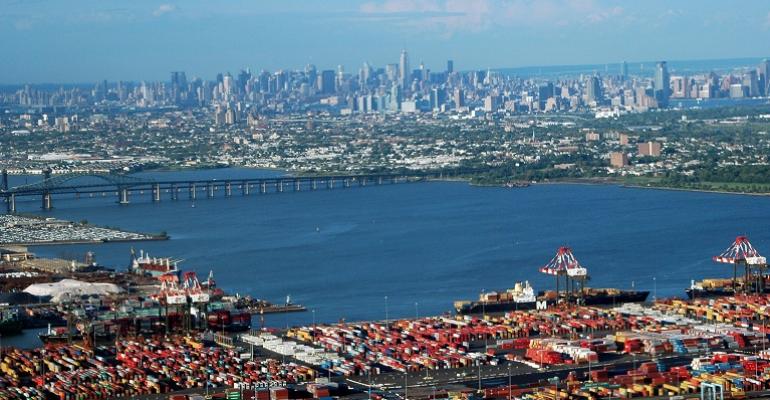Amidst a very muddy data situation, reports are suggesting that activity in Chinese ports has picked up, while the US ports are taking a major hit with reduced volumes.
At end February, Chris Connor, ceo and president of the American Association of Port Authorities (APAA) noted, in a prepared release, that, “The overall economic impact of this type of crisis can easily run into the tens of billions of dollars. Due to the coronavirus outbreak, cargo volumes at many US ports during the first quarter of 2020 may be down by 20% or more compared to 2019.”
Echoing the strands of good news coming from Asia, Connor added, “Things will rebound eventually, and indeed we’re hearing news about factories that are coming back on-line in China, and ports there ramping back up to move the cargo.”
AAPA also focused on an important aspect of the ports in preventing seaborne incursions of the virus, reminding ports of protocols for handling inbound vessels with crewmembers displaying symptoms of illness, saying: “Since ports are a nation’s first line of defense against threats ranging from terrorism to pathogens, they take their role seriously about protecting the safety and well-being of their communities.”
Learn more about the impact of the coronavirus on shipping - Register for the Seatrade Maritime News Webinar - Shipping and the Coronavirus
An AAPA representative explained to Seatrade Maritime News: “On March 2nd, AAPA held a conference call with the White House on this topic, and we believe the Coast Guard (USCG), Center for Disease Control (CDC), Customs Border Protection (CBP) and related federal agencies are doing an excellent job communicating what is being done and how to reduce the chances for infection, and what to do if someone suspects he or she, or someone else, is potentially a coronavirus victim.
“The DHS (Department of Homeland Security) representative on the call stressed that the USCG Captains of the Ports have complete authority on docking and dis-embarkment decisions, and they are responsible for being in touch with their local CDC to heavily inform those decisions.”
On the cargo side, Kenneth O’Brien, coo of the Gemini Shippers Association/Fashion Accessories Shippers Association (FASA), which represents leading movers of both inbound and outbound cargo in their dealings with the carriers, told Seatrade Maritime News that: “We have definitely noted decreased liftings from China which have prolonged the typical Lunar New Year seasonal drop due to the Coronavirus. We are beginning to see some signs of a return to a more normal volume state as workers begin to return to their jobs and factories resume operations.”
Gemini, representing cargo interests moving goods including fashion accessories, luggage, and footwear among a wide range of cargo categories, works through a joint venture with Seabury Maritime, an investment bank and financier specializing in port and logistics financial structures.
As the January 2020 teu throughputs were now being published by major ports- the 2020 numbers were uniformly down compared to 2019; West coast powerhouses Los Angeles and Long Beach were down by 5.4% and 4.6%, respectively. On the East Coast, the Port of New York / New Jersey, where the January statistics would be less affected by direct calls from China and S Korea, still saw teu volumes drop by nearly 1% in the same month on month comparison.
But O’Brien, from Gemini Shippers Association, pointed to the underlying strength in the US economy as a reason for optimism ahead, saying: “It will take a bit of time for full operations to resume, but we continue to believe that core US demand is relatively strong on the back of historic low unemployment and robust consumer demand.”
Copyright © 2024. All rights reserved. Seatrade, a trading name of Informa Markets (UK) Limited.
Add Seatrade Maritime News to your Google News feed.  |

